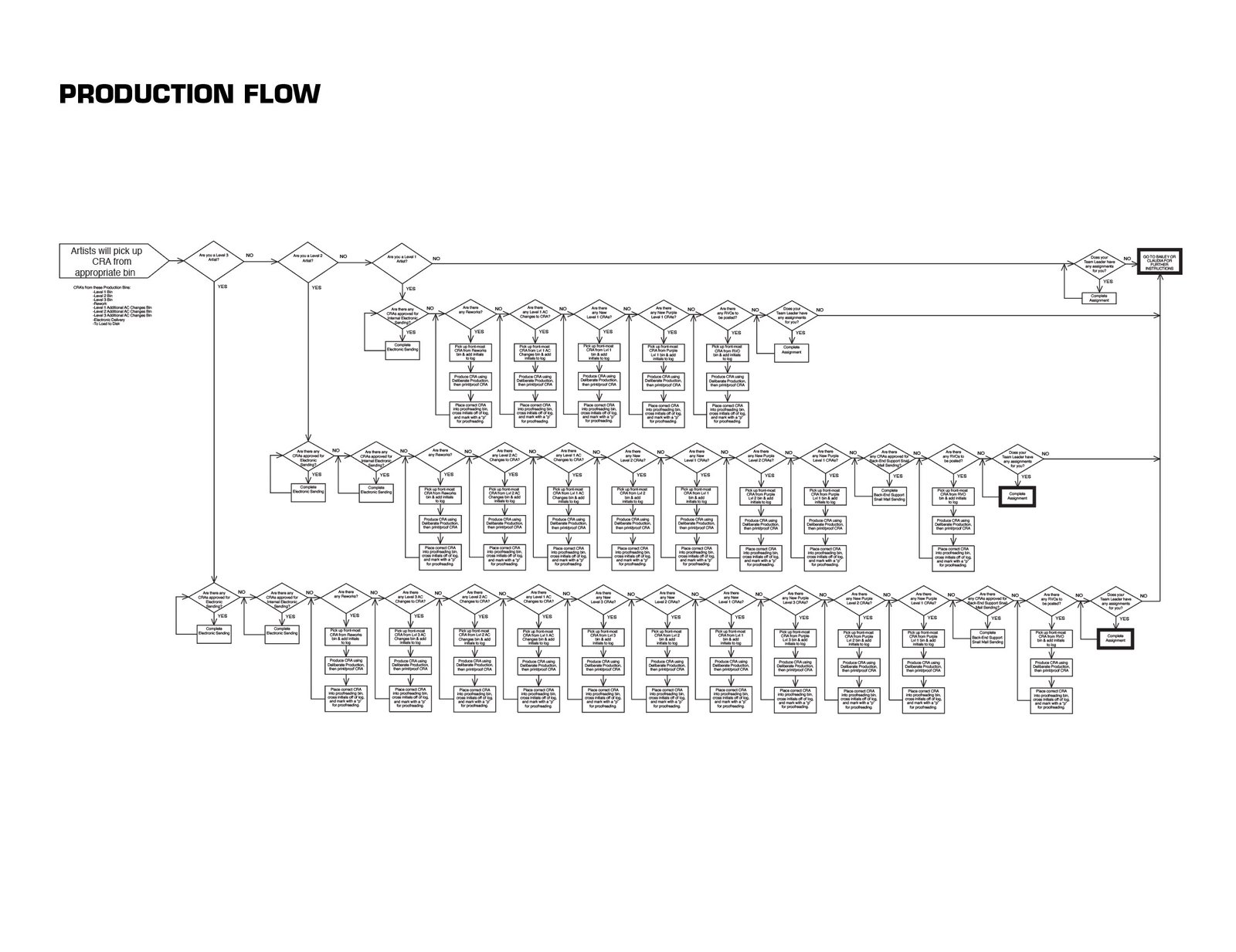Menu
Close
Design is clarity.
Whether it’s a visual, a system, or a message,
I make things that make sense.
Whether it’s a visual, a system, or a message,
I make things that make sense.
Epic Times is a nightlife and event discovery app designed to help users explore clubs, venues, and ticketed events in real time. As the product owner and lead designer, I was responsible for improving usability and engagement during early-stage development and beta testing.
UX Strategy, Product Design, Creative Direction, Copywriting, Systems Logic
The original version of the app required users to create an account before viewing any content. It was a classic “sign up before you can explore” model — friction-heavy and conversion-poor. Focus group feedback and testing showed users didn’t want to hand over personal information just to browse. They didn’t yet trust the app enough to commit.
But the issue ran deeper than one screen. From gated access to overloaded forms, stock emoji icons, and unclear CTAs, the early UX reflected engineering priorities, not user needs.
I overhauled the app’s onboarding and interaction flow with a user-first mindset. Key changes included:
• Flipping the funnel: I reversed the logic of the original experience. Instead of asking for commitment upfront, users could now explore content immediately — events, clubs, and news — with login required only for transactions and messaging.
• Progressive data capture: I removed unnecessary form fields at sign-up (like credit card and birthday), collecting only what was needed for each task. Age was only required for adult ticketing. Payment info only at checkout.
• User-friendly copywriting: I rewrote all microcopy to be helpful, friendly, and action-oriented, changing dev-speak to real language.
• Visual & interface overhaul: I simplified the UI, designed a custom set of icons tailored to the nightlife aesthetic, and eliminated reliance on emojis for professional polish.
• Future-focused backend: I introduced systems for quietly logging key behavioral and contextual data — not for immediate use, but to power features like recommendation engines, smart search, and personalization in future versions.
Beta testers stayed in the app longer, explored more, and were more likely to return — not because we pushed harder, but because we got out of their way. By removing friction, speaking their language, and offering real value up front, we earned trust instead of demanding it.
This approach shifted the product culture internally: from “capture leads” to “earn loyalty.” It became the UX north star for all future development.
